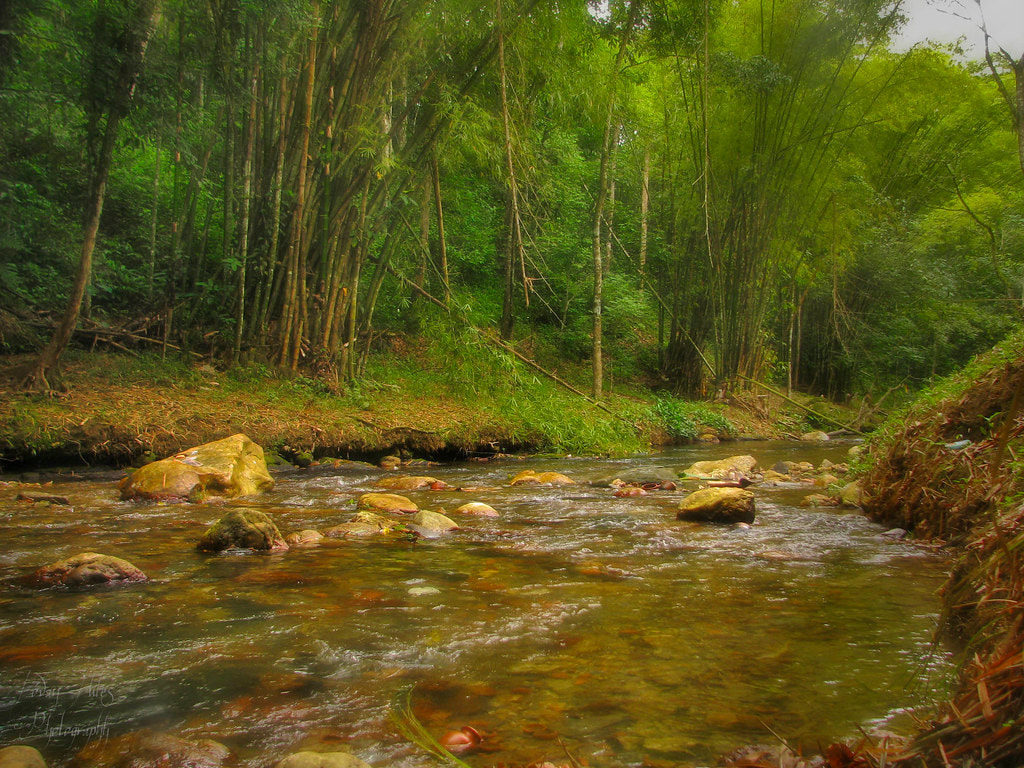Photo by Jovan Jules
Taking our point of departure from the story of Lopinot in our previous Know Your Country piece, today, we place our focus on the ghost town of Caura Village. Caura, a place of Amerindian heritage, is a valley located along the Tacarigua river in Northern Trinidad. It was first settled by the Arawaks or Tainos and became a thriving community, maintained in its natural state, until the imposition of the Cedula around 1783. It was said to have consisted of close to two hundred inhabitants around the 1790s but this number later increased with the arrival of French Catholics, enslaved Africans and Spanish citizens. At that time, the then Governor, Jose Maria Chacon, granted land to these newcomers who then opened cocoa and coffee estates, along with a school and the Santa Veronica church, whose patron's name was also used in referring to the ward of Caura, La Veronica.
The dynamic of the area became modified and soon a mix of languages and traditions added to the richness of the land, but this was about to change. Governor Sir Bede Clifford decided to construct a dam at the river to provide water for the surrounding areas in 1943. This dam was to span hundreds of acres which inevitably meant the village would have been destroyed and thus began the plan for evacuation. Many villagers trekked across the mountain into the Lopinot Valley, while some moved lower into Tacarigua. However, it is said that due to corruption and bribery, the project never made headway. Additionally, there is a tale that the officials who came to remove the priest/s and destroy Santa Veronica's church were met with great wrath from the priest in charge and he placed a curse upon them and the project, that neither should ever be successful. 'So said, so done'. Everyone evacuated and the dam was never built, leaving it a ghost town.
This abandonment allowed for the river and its pools to remain in pristine condition, becoming a hotspot for locals and tourists to enjoy. Radio stations would often hold 'river limes' with music, cookouts, performances and other entertainment. It is also a site of deep religious significance where Hindus, the First Peoples, Orishas and Spiritual Baptists would congregate to perform their rituals, and is renowned for its neighbouring hospital.
Many await the day when COVID-19 will disappear to once again 'lime' by the river. Hope you enjoyed our tour of Caura!
Read more here: http://www.trinbagopan.com/Townsandvillages/Caura2.html


 RSS Feed
RSS Feed